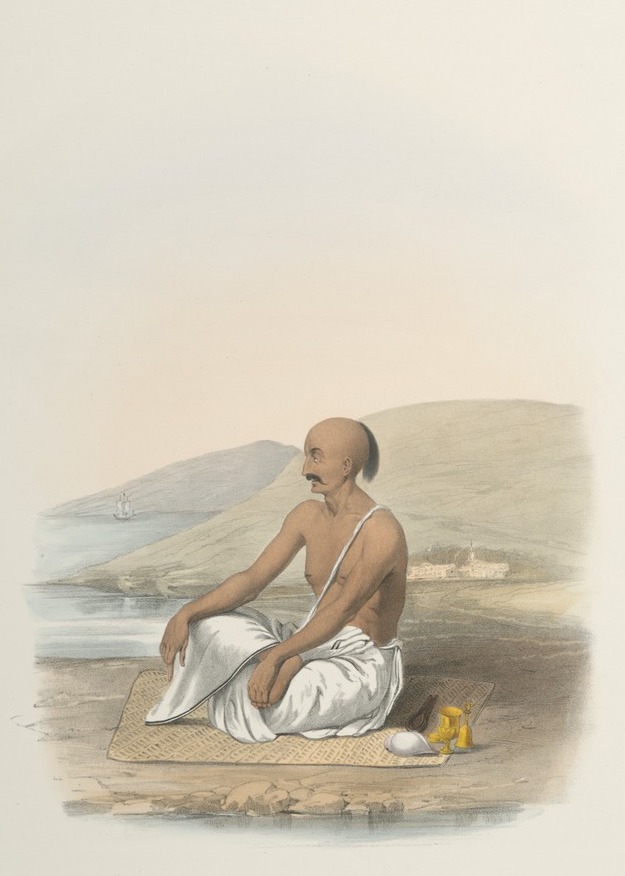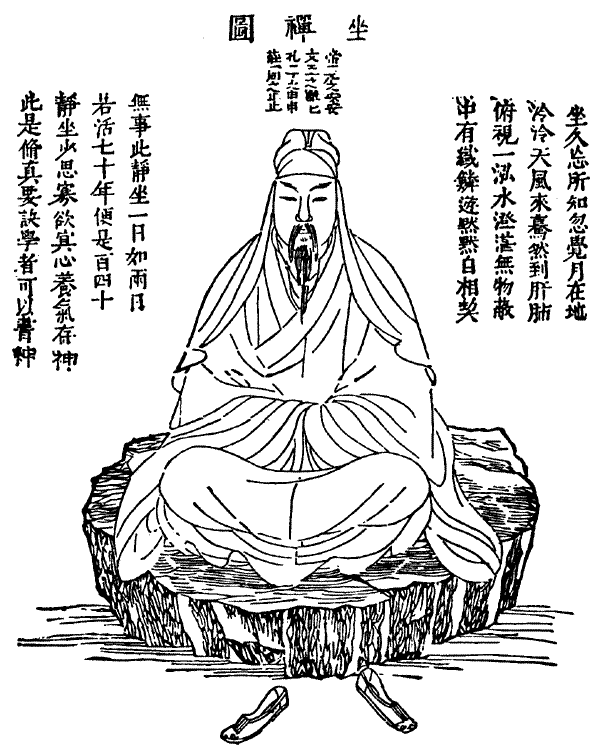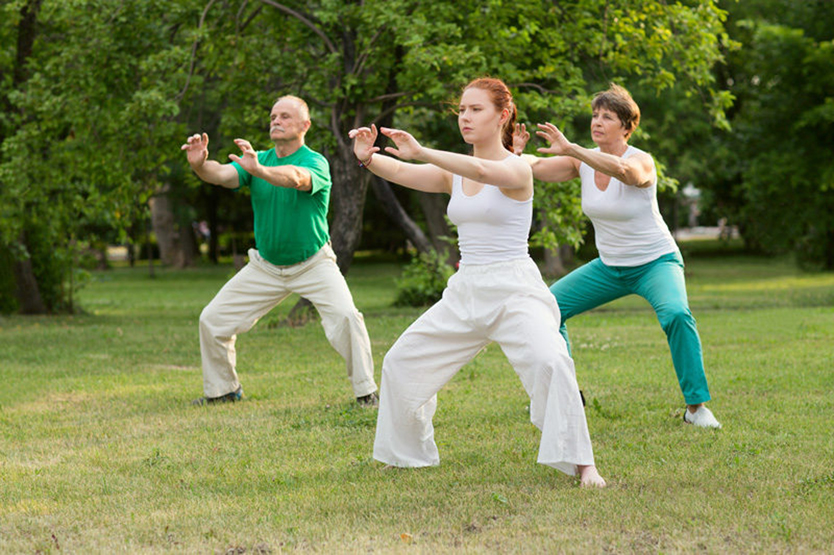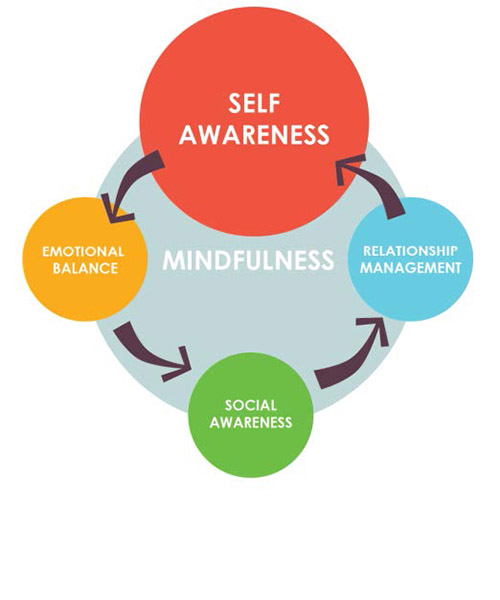Our emotional and physical states are inseparable from one another. Prolonged sadness can weaken our bodies and leave us susceptible to illnesses, just as physical tiredness can have a bad impact on our mental health.

When your mind is healthy and tranquil, you have a positive viewpoint on life. This allows you to make more informed judgments and appreciate the good in your life and the lives of people around you. Meditation may create a healthy and tranquil mind, and it is available to anybody, anywhere, and at any time. Trying meditation can be a transformational experience, and it’s worth giving it a shot before dismissing it. Eastern traditions have used meditation for thousands of years to promote mental clarity and general wellbeing. The term “meditation” covers a wide range of techniques intended to balance the mind and body. A common method is to concentrate on a certain experience, such as the breath, a sound, a visual image, or a mantra—a repeated word or phrase. Mindfulness, which entails watching and being fully present in the moment without passing judgment, is another well-liked type of meditation.

For ages, historians have been fascinated by the history of meditation. There is no universal agreement on the practice’s beginnings, but some experts have hypothesized that it may have existed in some form since the dawn of human civilization, possibly even among Neanderthals. The overwhelming body of research, however, points to a more organized set of behaviors and methods that first appeared in ancient China and India. In India, some of the oldest written records dating back to around 1500 BCE reference the practice of Dhyāna or Jhāna, which translates to meditation. These records come from Hindu traditions such as Vedantism and describe various meditation practices. Meanwhile, Buddhist Indian scriptures and texts dating back only a few hundred years BC are earlier recordings of the practice, although their references to meditation are somewhat ambiguous. In China, early forms of meditation are traced back to the 3rd and 6th century BC and are linked to the Daoist philosopher Laozi and his writings. Many of the terms used in later centuries to describe meditation techniques are also found in his work, including “guarding the middle,” “embracing the one,” “guarding tranquility,” and “embracing simplicity.”

Mind-body medicine provides numerous benefits. Of the three elements of our being – thought, speech, and action – the most significant is our thinking. When we prioritize the well-being of our mind and thoughts, our verbal and physical actions naturally align. Through meditation, we focus on cultivating a calm and clear mind, thereby increasing our self-awareness. This heightened awareness helps us cope better with difficulties without being unduly affected or reacting impulsively. While experiencing emotions is natural, when our minds are disturbed, even minor issues can seem more significant and insurmountable. These disturbances can then snowball into more significant problems, leading to negative perceptions and a general sense of agitation. This agitation can cloud our judgment, leading to unproductive and unhelpful actions.
There are many types of mind-body practices, each with its unique approach and benefits. Here are some examples:
- Yoga: Yoga is a physical and mental practice that involves various postures, breathing exercises, and meditation. It has been shown to improve flexibility, strength, and balance, as well as reduce stress and anxiety.

- Tai Chi: This is a gentle form of exercise that involves slow and flowing movements, as well as deep breathing and meditation. It is often used to improve balance, flexibility, and strength, as well as reduce stress and anxiety.

- Qigong: Qigong is a traditional Chinese practice that involves movement, breathing, and meditation. It is often used to improve physical and mental health, as well as promote relaxation and reduce stress.

- Mindfulness-Based Stress Reduction (MBSR): MBSR is a program that uses mindfulness meditation and other techniques to help people cope with stress, anxiety, and other mental health issues.

- Progressive Muscle Relaxation (PMR): PMR is a relaxation technique that involves tensing and relaxing different muscle groups in the body. It is often used to reduce muscle tension and promote relaxation.

These are just a few examples of mind-body practices, and there are many others. Each practice has its own unique benefits, and it is important to choose a practice that works best for your individual needs and preferences.
There are a few things to consider if you want to start a mind-body practice. First and foremost, select a practice that speaks to you and matches your lifestyle. Yoga, meditation, tai chi, or qigong are all possibilities. Next, begin slowly and consistently. Even a few minutes a day can help, and it’s preferable to practice often for a small period of time than to try to complete a long session once a week. Make practicing a non-negotiable part of your daily schedule by designating a certain time for it. Finding an instructor or group to mentor you in your practice can also be helpful, especially if you’re just starting out. Let yourself enjoy the process and practice patience with yourself. Mind-body exercises are not a fast fix but a lifelong adventure of personal development. With persistence and time, you’ll begin to reap the rewards of your practice in every aspect of your life.
In conclusion, mind-body medicine can be a valuable tool for individuals who have experienced trauma, helping to regulate emotions, relieve physical symptoms, and enhance resilience. Mind-body practices such as meditation, deep breathing, and yoga have been shown to reduce symptoms of anxiety and depression, while body-centered therapies like somatic experiencing can help individuals process and integrate their traumatic experiences. Additionally, mind-body medicine can complement traditional evidence-based treatments for trauma and help regulate the stress response, supporting long-term health and healing. For those who have experienced childhood trauma, mind-body medicine can also be beneficial in reducing symptoms and improving overall well-being. Overall, incorporating mind-body practices into a comprehensive treatment plan can lead to a more holistic and effective approach.
I’ve always been intrigued by the concept of meditation as a means to achieve balance between mind and body. I’m curious about trying tai chi and meditation in general, but I’m constantly thinking, making it difficult. I do agree that consistency is key; the hard part is getting started. Overall, great post! I enjoyed learning more about the power of meditative practices and how they can have such positive impacts on our well being.